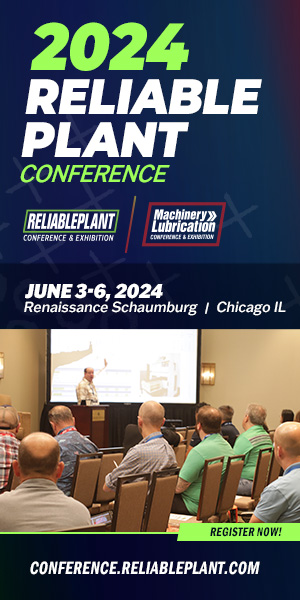HydroGen Corporation, a designer and manufacturer of multi-megawatt air-cooled phosphoric acid fuel cell (PAFC) systems, on July 3 announced the mechanical completion and initiation of precommissioning activities of the company’s full-scale 400-kilowatt commercial demonstration PAFC power plant at Ashta Chemicals Inc.’s chlor-alkali plant in
In addition, HydroGen Corporation announced the completion and successful testing of a newly manufactured 2.5-kilowatt stack. While combinations of “vintage” Westinghouse and HydroGen-manufactured components have previously been tested in the Company’s 2.5-kilowatt test plant, this HydroGen-manufactured stack fully validates the Company’s production processes and methods. The stack started up and is performing exactly to its start-of-life specifications, achieving a major milestone in the validation of the Company’s manufacturing capabilities as it produces the first complete 400-kilowatt module for demonstration at the Ashta commercial demonstration power plant.
“The commercial demonstration PAFC power plant at Ashta Chemicals Inc. will enable us to showcase our technology in an industrial setting representing a key target market segment for the Company. Our field team has designed and built a world-class plant. Now we enter the precommissioning and preparation phase, the necessary precursors to accepting newly-produced 400-kilowatt modules at the plant for testing and demonstration,” said Dr. Leo Blomen, chairman and CEO of the company.
Said Josh Tosteson, HydroGen president, “Today’s announcements follow the recent news that our full-scale 400-kilowatt fuel cell demonstration and acceptance test plant in
HydroGen Corporation, through its wholly owned subsidiary, HydroGen LLC, is a developer of multi-megawatt fuel cell systems utilizing its proprietary 400-kilowatt phosphoric acid fuel cell (PAFC) technology. Utilizing fuel cell technology originally developed by Westinghouse Corporation, the company targets market applications where hydrogen is currently available and other drivers favoring the adoption of fuel cells are present.




